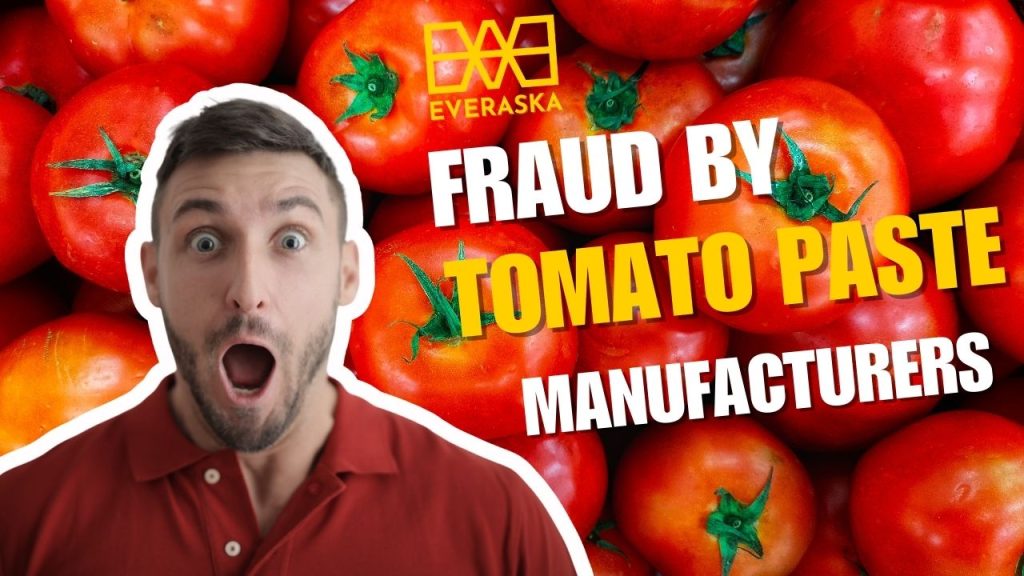Tomato paste is a staple ingredient used in a wide range of cuisines around the world. Unfortunately, some manufacturers engage in unethical practices to reduce production costs and maximize profit, often at the expense of product quality and consumer health. This article outlines the most common types of fraud in tomato paste production and offers practical tips for selecting a high-quality, authentic product.
Common Types of Fraud in Tomato Paste Production
1. Using Squash, Starch, or Fillers Instead of Real Tomatoes
One widespread method of fraud involves substituting tomatoes with cheaper alternatives like squash, corn starch, or potato puree. These ingredients, when cooked and mixed with food coloring, can resemble real tomato paste in appearance but lack its nutritional value. They do not contain essential nutrients such as lycopene and natural tomato antioxidants.
2. Manipulating Thickness (Brix) with Salt or Industrial Thickeners.
Authentic tomato paste achieves its thickness through proper evaporation of real tomato pulp. However, some producers increase the apparent thickness by adding excess salt or unauthorized thickeners such as gums or industrial additives. These methods create an illusion of concentration while compromising product integrity. High salt content may also pose health risks, especially for people with hypertension.
Why is Brix important in tomato paste?
-
It helps determine quality and consistency.
-
Buyers often require a minimum Brix level (e.g., 28°) to ensure a rich and concentrated product.
-
It impacts cooking behavior and final taste in recipes.
Tips for Choosing a Safe and Authentic Tomato Paste
Despite these fraudulent practices, consumers can take simple precautions to identify and purchase better-quality tomato paste.
1. Packaging Matters
-
Metal cans with plastic lids: If the product comes in a metal can, check for a resealable plastic lid. This helps protect the paste from air exposure after opening, slowing down spoilage.
-
Glass jars: These allow visual inspection of the product’s consistency and color. A good tomato paste should appear uniform and naturally colored.
2. Check the Ingredients
A genuine tomato paste should list only tomatoes and salt as ingredients. The presence of starch, artificial colors, thickeners, or preservatives may be a sign of adulteration or lower quality.
3. Evaluate Color and Texture
The ideal tomato paste has a deep red to reddish-brown color. If the paste appears too bright or unnaturally red, it may contain artificial coloring. The texture should be smooth and consistent, with no separation of liquid or visible foreign particles.
4. Production Date and Season
Products made during the natural tomato harvesting season — typically late summer to early fall — are more likely to contain fresh, high-quality tomatoes. Always check the production and expiration dates for freshness.
5. Storage Recommendations
After opening, it’s best to transfer the paste to a sealed glass container and store it in the refrigerator. Keeping it in the original can may cause oxidation and faster spoilage. A proper lid helps preserve its flavor and color for a longer period.
Conclusion
While fraudulent practices in tomato paste production are a reality, consumers can avoid poor-quality products by checking the packaging, label, color, texture, and freshness. Making informed choices ensures better food safety and overall health for individuals and families alike.




